Persian
Persian: yesterday and today
Persian is an Indo-European language belonging to the Indo-Iranian language branch.
Its development over time is marked by three different stages.
- Old Persian, which is considered one of the oldest languages in the world (alongside Latin, Green and Sanskrit). It was not a popular language, but was a dialect mostly used by the Persian nobility, notably in Persepolis. It was an analphabetic, syllabic language with Cuneiform writing that included 36 characters (including vowels, consonants and the figures 1, 10 and 100). We are able to know its features thanks to the deciphering of the Behitsun inscription (similar to the Rosetta stone) in 1835.
- Middle Persian, (248 BC-651 AD) which derived from old Persian. However, this no longer used Cuneiform writing, using instead the Pahlavi writing system, and saw an important simplification in morphology and grammar. It was in the 4th century that Middle Persian was recognised as the official language of the Sasanian empire. It was also the liturgical language of the Zoroastrian religion (Avestan), the most widespread religion in Iran until the arrival of Islam.
- Modern Persian, which appeared progressively (over the course of the two following centuries) with the Arab conquest of Persia. Although there are no major differences with Middle Persian, Modern Persian is characterised by many lendwords from Arabic as well as a Perso-Arabic alphabet.
Modern Persian is today the official language of Iran (a region that was part of the ancient Persian empire), Afghanistan and Tajikistan, and is also spoken in Azerbaijan, Russia, Uzbekistan and in many Gulf countries such as Bahrein, Iraq or even the United Arab Emirates.
Features of modern persian
Morphology, grammar and phonetics.
The modern Persian alphabet is similar to the Arabic alphabet, but with 4 additional letters: “p”, “tch”, “j” and “g” (hard). There are also 8 letters from the Arabic alphabet that do not have equivalents in words of fully Persian origin. Much like Arabic writing, only consonants are represented by letters.
The grammar of modern Persian is relatively simple and has many similarities with Sanskrit. No distinction is made between genders for both nouns and adjectives.
Much like German or even English, speakers of modern Persian can create new words by combining stems.
VARIANTS OF PERSIAN
Persian is also called “farsi” in Iran and Afghanistan, and is spoken by 40 million people around the world. Iran contains 60% of these speakers. This name is the Arabised version of the word “parsi” (the Arabic alphabet does not contain the letter “p”). The name “dari” refers to the name of the oriental dialect of Persian, and is one of the two official languages of Afghanistan (with Hazaragi, spoken by a population in the centre of the country). This language is spoken by 50% of the Afghan population, for a total of 14 million speakers in Afghanistan and 2 million in Pakistan.
Tajik is also considered a dialect of Persian, but unlike Iranian and Afghan Persian, it is written with the Cyrillic alphabet.
These different dialects are all quite close, in general they are intelligible for Persian speakers of different countries.
Translations into persian
Identified by an extremely rich and relatively unknown history and a very varied culture, Persian and its different dialects will always have a lot of global importance.
Studio Moretto Group and its many translators are excited to be able to offer you our linguistic services and translations involving Persian.

